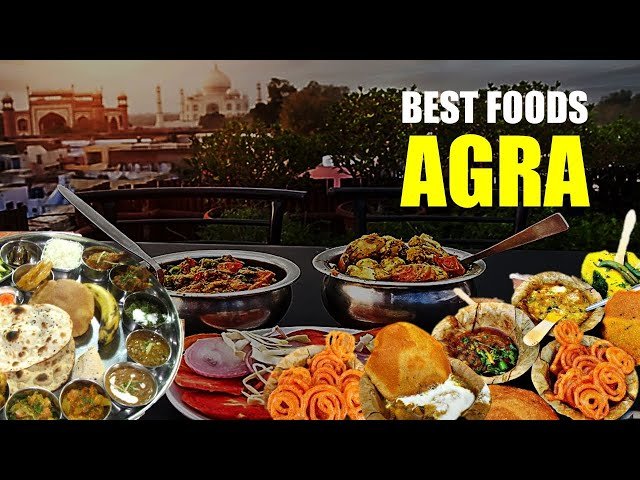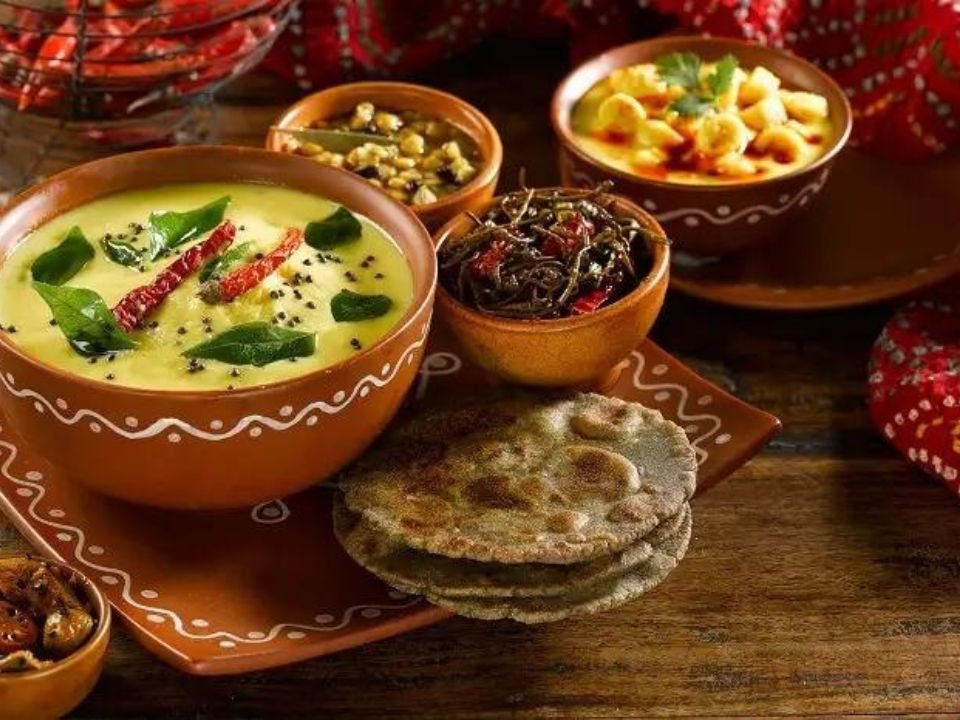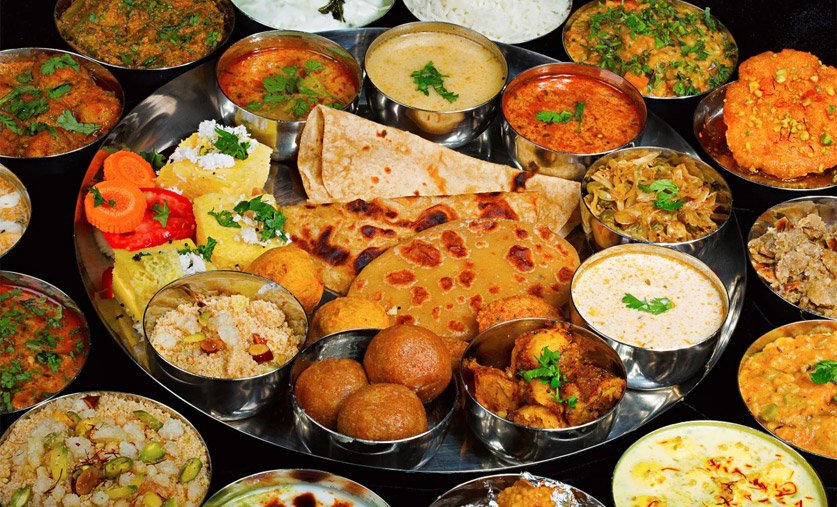Old Delhi is more than just a historic center of India’s capital; it is a living, breathing archive of centuries-old culinary traditions. For food lovers, it remains a sensory paradise where every bite tells a story, every aroma leads to a memory, and every dish is steeped in cultural legacy. When people seek the Best food tour in india, Old Delhi is often at the top of the list—and for good reason. What makes Old Delhi street food so uniquely flavorful? The answer lies in its deep-rooted culinary heritage, the use of age-old cooking techniques, and an unwavering devotion to authenticity that has been passed down through generations.
The Legacy of Mughal Influence
The richness of Old Delhi’s street food is deeply tied to the Mughal era. The Mughals not only shaped the city’s architecture but also left an indelible mark on its cuisine. Dishes like kebabs, biryanis, nihari, and korma owe their origin to this period. Even simple snacks like samosas or jalebis are cooked using traditional recipes that date back centuries. These dishes are not modern reinterpretations—they are time-honored delicacies made with meticulous care and attention to detail, just as they were hundreds of years ago.
Ingredients That Tell a Story
One of the most overlooked aspects of Old Delhi’s irresistible flavors is the quality and sourcing of ingredients. Street vendors here do not rely on mass-produced or generic ingredients. Many of them source their spices directly from Khari Baoli, Asia’s largest spice market located in Old Delhi itself. These spices—freshly ground and carefully blended—give every dish its depth and aroma. Moreover, the use of ghee, pure oils, and slow-cooked gravies allows flavors to develop naturally, enhancing the authenticity of each item served.
Skill Passed Down Generationally
Unlike newer food hubs that often rely on modern appliances and convenience cooking, Old Delhi’s culinary experts rely on inherited knowledge. Recipes are passed down within families, not altered for trends. These food artisans begin their day before dawn, preparing dishes by hand, often without written instructions or measurements. Their mastery comes from years of observation and practice, not culinary school degrees. This generational transmission of knowledge results in food that feels both deeply personal and consistently high in quality.
Unique Cooking Methods Set the Flavor Apart
From tandoor ovens that have been in use for decades to large iron tawas sizzling over open flames, the methods used in Old Delhi are central to what makes the food so unforgettable. Tandoori cooking, slow braising, deep frying in pure desi ghee, and even smoking dishes with clove-infused coal are all part of the Old Delhi street food experience. These methods aren’t just for show—they extract maximum flavor from each ingredient and ensure a texture that’s both satisfying and unique.
Complex Flavor Profiles Created with Simplicity
It’s easy to mistake simplicity for blandness, but Old Delhi street food proves otherwise. Chaats, for example, are a complex balance of sweet, spicy, tangy, and savory notes—all created with just a few core ingredients. Papri chaat, aloo tikki, and dahi bhalla are made fresh daily and layered with chutneys, spices, and yogurt in just the right proportions. This balance is what keeps both locals and tourists returning for more. The taste is never overwhelming, but always memorable.
The Role of Community and Culture
What adds an intangible flavor to Old Delhi street food is the community spirit. Food stalls here are not just commercial operations—they are gathering spots for residents, travelers, and pilgrims alike. Eating in Old Delhi is as much a social experience as a culinary one. The food culture thrives in narrow alleys and bustling bazaars where vendors know their patrons by name and treat recipes as family heirlooms. The emotional connection people have with these eateries—some operating for more than 100 years—adds to the food’s appeal.
Hygiene Has Improved Without Compromising Taste
While street food often raises concerns about hygiene, Old Delhi has seen a transformation in this regard. Several long-standing vendors now comply with modern hygiene standards, including the use of purified water, stainless steel surfaces, and covered food storage. These improvements have made Old Delhi food safer to consume without losing its authentic charm or traditional preparation methods. This balance between health-conscious practices and heritage cooking is a key reason the area’s food continues to attract global attention.
Culinary Hotspots You Can’t Miss
If you’re planning to explore Old Delhi’s culinary gems, there are a few must-visit stops:
- Karim’s near Jama Masjid for melt-in-your-mouth mutton korma
- Aslam’s for smoky grilled chicken with butter
- Kuremal Mohan Lal for stuffed kulfi in exotic flavors like mango, rose, and paan
- Jung Bahadur Kachori Wala for spicy urad dal kachoris
- Lotan Chole Wala for spicy chole kulche that locals swear by
Each of these establishments offers a unique slice of Delhi’s food history—unchanged by time, yet universally loved.
Explore With Experts for an Authentic Experience
For those unfamiliar with the region or cautious about where to eat, joining an old delhi food tour can elevate your experience. These guided tours offer not just safe eating options, but also rich historical insights and behind-the-scenes access to family-run stalls and legendary vendors. You’ll learn not only what to eat, but why it matters in the context of Delhi’s cultural fabric.
A Gateway to India’s Culinary Soul
Old Delhi’s street food is not an isolated phenomenon—it is a cornerstone of India’s broader culinary landscape. Travelers who wish to explore deeper can find curated Food Tour Packages in india that take them from the alleys of Chandni Chowk to the coastal kitchens of Kerala. These journeys go beyond taste to uncover how regional diversity and historical migration have shaped the Indian palate into what it is today.
In essence, the flavors of Old Delhi are timeless. They are rooted in history, shaped by culture, and perfected over lifetimes. Whether you’re a first-time visitor or a seasoned foodie, there’s always something new to savor—and always a reason to come back.




